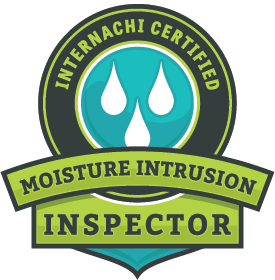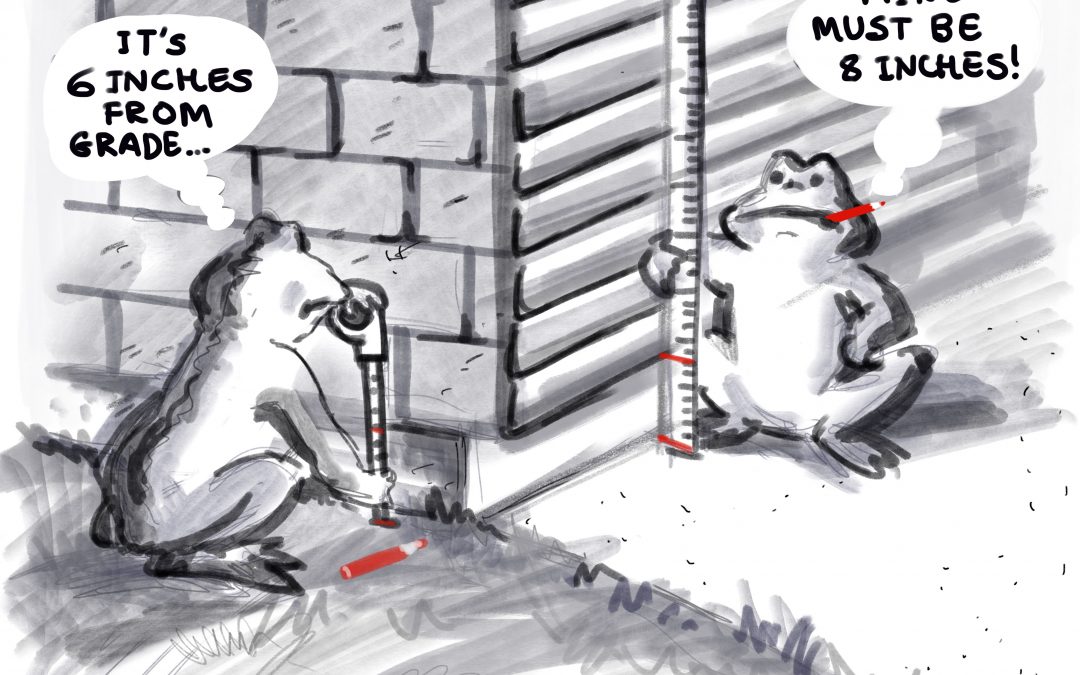We all want to take better care of ourselves and our loved ones. A great way to do both is to make sure your home is a healthy, safe and comfortable one. The absolute best place to start is to learn how the number one enemy of your home affects every part of your castle. That enemy surrounds you every day, above and below and in every direction. Water! Moisture, in all its forms, can have deleterious effects on the structure and systems and in the Houston  metropolitan area, water is everywhere!
metropolitan area, water is everywhere!
Sounds simple. Just keep the water out and everything will be fine? Your first thought may be to seal your house in a tight waterproof bubble but that strategy has serious implications.
There is moisture in your home at all times. Plumbing brings it in. When you fill a tub or sink you add moisture to the air in your house. When you enjoy that leisurely hot shower, the steam condenses on every cool surface. Every open door brings a blast of hot, humid sub-tropical Houston air inside. Each breath you exhale contains water in gaseous form. If it had no way of escaping your home, it would quickly be a swamp.
The key is changing the air and removing the moisture. It is easy to understand why we want to do that for every room in the house. In late August, Houston hums with the sound of air conditioning systems removing moisture and heat from the air inside our living spaces. What about the parts of the house we don’t live in? They need protection as well but first let’s talk about what moisture can do to the structure and systems of your home.
Implications of Moisture
Quite obviously, leaks can cause immediate damage. A leak can turn gypsum board into a soggy mess, causing it to fail and fall to the floor. Carpet, hardwood floors, books, furniture, art and other personal items may be damaged or destroyed by leaks. And leaks can come from problems with the roof covering system, door and window flashing, plumbing defects or other structural issues. Ground level water intrusion or flooding can come from improper landscape or paved surface slope, extreme weather or irrigation system defects. These are the easy to see effects of water.
Others are more difficult to see but may be more serious long term. Most houses in the Houston area use wood and wood products as the major structural material. Chances are even your brick home is structurally wood and the brick is actually a veneer, siding if you will. And wood will rot or decay in the presence of moisture. Why? All wood decay is caused by living creatures. Fungi are simple organisms but they have an appetite for the stuff holding your house up. And they require moisture to survive. No water, no living organisms. A wood frame house on the Moon will stand with no maintenance for millions of years or until a meteor smashes it to bits. We can’t keep the house from getting wet either inside or outside so its our job to prevent the moisture from hanging around too long and penetrating into the wood.
Another serious issue with chronic moisture is mold. Mold spores are everywhere but they need a moist spot to blossom into a nasty patch of mold. And mold can be a serious health concern. After any flooding, it is the first concern. Every part of the house that is flooded must be thoroughly dried as fast as possible to slow the growth of mold. I recently experienced this firsthand ripping out the walls and floors of several homes of family and friends in the recent flooding in Louisiana. It takes only a few days for visible and widespread mold to appear.
So now we are familiar with why it is important to control moisture. Up next in Part 2 of The Ever Present Enemy will be the steps you should take to defend your home.
© 2017 Patrick Miceli


Recent Comments